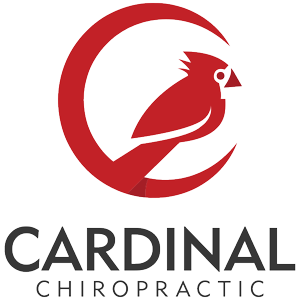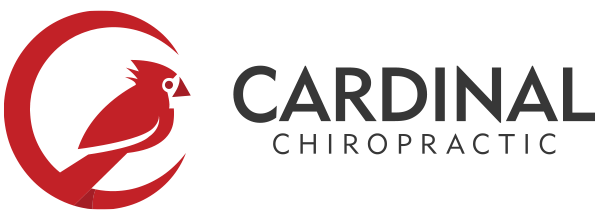**What is Whiplash?**
**Common Causes of Whiplash**
While car crashes, particularly rear-end collisions, are the most common cause of whiplash, several other situations can lead to this injury, including:
1. **Sports Injuries**: Contact sports like football, rugby, and boxing, where the head and neck may experience sudden jolts, can cause whiplash.
2. **Physical Assault**: Being punched or shaken violently can also result in whiplash.
**Symptoms of Whiplash**
The symptoms of whiplash can vary in intensity and may not always appear immediately. They can develop within a few hours or days (or even longer) after the injury. Common symptoms include:
1. **Neck Pain and Stiffness**: The most common symptom, which may worsen with movement.
2. **Headaches**: Often starting at the base of the skull and radiating towards the forehead.
3. **Shoulder and Back Pain**: The pain may extend to the shoulders, upper back, or arms.
4. **Reduced Range of Motion**: Difficulty moving the neck or turning the head due to stiffness.
5. **Dizziness and Fatigue**: Feeling lightheaded or unusually tired.
6. **Numbness or Tingling**: In some cases, there may be a sensation of numbness or tingling in the arms.
**Diagnosing Whiplash**
**Treatment and Recovery**
1. **Comprehensive Assessment and Diagnosis**
Chiropractors begin by conducting a thorough assessment of the patient’s condition. This includes a detailed medical history, physical examination, and imaging tests like X-rays. In some cases, imaging tests like Digital Motion X-rays (DMX), CT scans, or MRIs may be recommended to rule out other injuries, such as ligament failure, joint capsule injuries, or disc injuries. The goal is to identify the exact nature of the injury, its severity, and any related issues that may be contributing to the symptoms. This comprehensive approach ensures that the treatment plan is tailored to the specific needs of the patient.
2. **Spinal Adjustments and Manipulations**
A chiropractor trained in Chiropractic BioPhysics will work to rehabilitate your spine towards a healthier alignment with corrective spinal adjustments, corrective exercises, and corrective traction. A CBP chiropractor may also use spinal manipulation, applying controlled force to specific joints in the spine, to reduce pain and enhance mobility. For whiplash patients, spinal adjustments and spinal manipulations can help alleviate pressure on the nerves, reduce muscle tension, and restore proper movement and alignment to the spine and posture.
Whiplash doesn’t just affect the spine; it also impacts the muscles and the soft tissues surrounding it. Chiropractors often use a variety of soft tissue therapies, such as massage, trigger point therapy, and myofascial release, to relax tight muscles, improve circulation, and promote healing. These therapies can reduce inflammation and scar tissue, which are common issues in whiplash injuries.
Recovery from whiplash often requires more than just in-office treatments. Chiropractors typically provide patients with exercises to perform at home that strengthen the neck muscles, improve posture, and enhance flexibility. These exercises are crucial for long-term recovery, helping to prevent future injuries and promoting overall neck health.
**The Benefits of Chiropractic Care for Whiplash**
1. **Non-Invasive Treatment**: Chiropractic care is a non-surgical, drug-free approach that emphasizes natural healing. This makes it an attractive option for those looking to avoid medications or invasive procedures.
3. **Focus on Long-Term Health**: Chiropractic care not only addresses immediate symptoms but also focuses on improving overall spinal health and preventing future injuries. This holistic approach contributes to better long-term outcomes.
**Prevention**
1. **Properly Adjust Your Car Seat**: Ensure that your headrest is at the correct height and that you are sitting upright. This positioning can minimize the risk of injury during a collision.
2. **Maintaining Good Posture and Spinal Alignment**: Similar to a building with good structure, the better your spinal alignment and posture, the better your spine will be in dealing with external stresses.
3. **Strengthen Neck Muscles**: Regular exercise that includes strengthening the neck and upper back can make you more resilient to injury.

